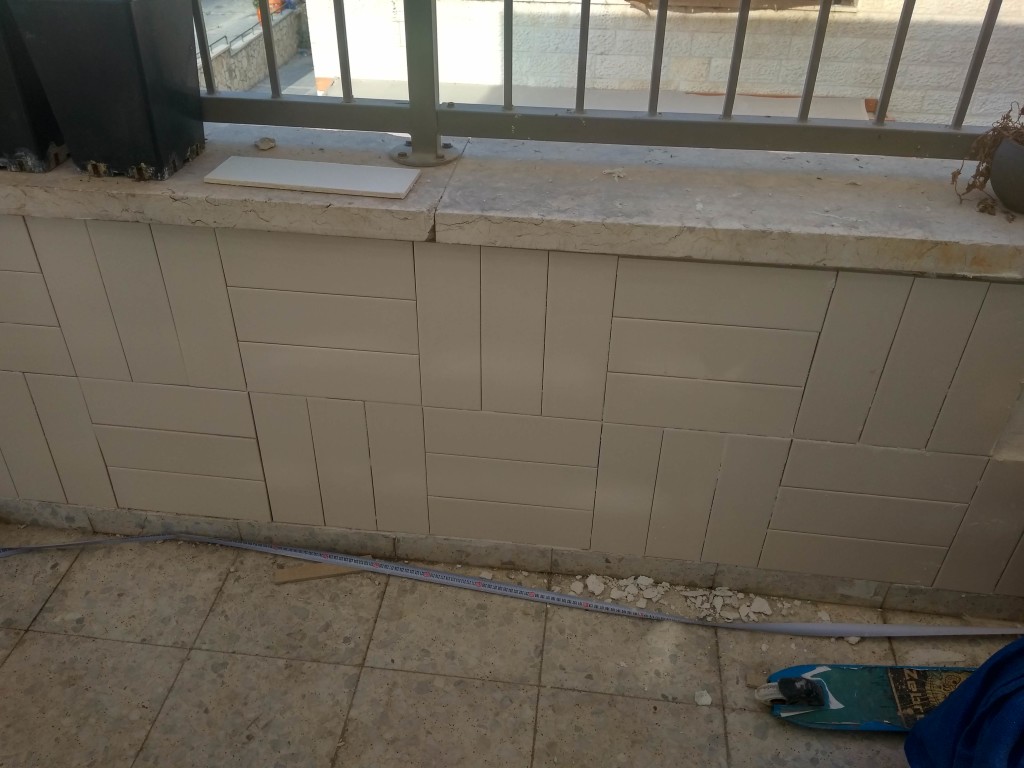There is a commonly expressed frustration about how expensive it is to eat healthy on a budget. And it’s true that specialty products and organics tend to be quite pricey.
While in the US I had different shopping techniques and resources that dramatically cut my cost on even those specialty foods, there are some basic tips that apply wherever you live.
- Eat simply. Stay away from specialty ingredients, and stick to the basics. I don’t try to serve meals that will grace magazine pages – I want food that will be filling and nutritious for my family.
For example, for breakfast I mostly make hot cereal (oatmeal, polenta, rice pudding) or eggs. There was a long period during which I made quick breads, muffins and breakfast casseroles but I don’t have the energy or additional kitchen helpers for that now.
For Shabbos breakfast I make granola, yogurt (for 23 shekels I can make close to four liters with minimal time and effort( or buy cornflakes (I get 1.5 kilos of cornflakes for 20 shekels – this is enough for two or three weeks for our family.) Nothing exciting but it’s affordable, filling and tastes good.
Sample costs: for oats and rice I pay 10 shekels for 1.4 kilos, polenta is 10.90 a kilo. I use up to half a kilo to make enough for a generous breakfast when everyone is home (a third of a kilo is plenty otherwise). This is a maximum of 5.50 shekels for my biggest batch, which is enough for 8 kids, four of whom eat adult quantities. I pay 24 shekels for 30 eggs (80 agurot per egg) – the younger kids eat two, the older kids have three each.
- Know what prices are so you can recognize a good deal. Over the holiday season, chicken prices went through the roof. A couple of weeks later, my husband bought some whole chickens that he thought were a good price. They were a very good price – for the holiday season. The price was only okay two weeks later.
Many years ago I created a price book to get a clear idea of how much I was paying for each ingredient that I cooked with per pound. It was super helpful to get this kind of clarity. While I don’t have the need to do that now, I have a pretty good sense of what a good price is for most of the items I regularly buy.
If you don’t have any idea what a good price is, take some time to create a price book. It’s basically a listing of how much you pay per unit for each item that you regularly purchase. It’s really worth it – it will give you the confidence to know when something is a really good price or just an average price.
- Buy on sale. Many stores have weekly loss leader sales. Right before the holiday season I bought about 20 whole chickens because the price was so good. The butcher told me that the store owner was selling the chicken for four shekels a kilo less than the price he paid for it!
Why would he do that, you might wonder? To get people into the store, since most people will buy other things not on sale once they’re already there. I have saved so, so much money like this. It’s always interesting to me that I shop in the same stores as everyone else but I spend much less – this is one reason why.
Here’s an old post of mine on tips for saving on food – they are still useful!
- Buy seasonal. Whatever is grown in that season will be less expensive.
If you pay attention, you’ll start to notice seasonal trends – for example, cabbage and avocados are getting very cheap right now, at the same time that tomatoes and cucumbers are going up.
That means that for example, though in the summer months I make lots of tomato salad, in the winter I shift to other vegetables. in the winter tomatoes are out of season and the price goes up, so I shift away from tomatoes. I hardly use avocados once the weather is warm but use loads in the cool weather! This is one reason I don’t have a yearly menu plan – because that would necessitate buying ingredients regardless of the pricing.
- Stock up when the prices are low. It’s worth finding some extra pantry space so you’ll have a place to store things so you can stock up when the prices are low. There are things you know you’ll need week after week – why spend more than you have to?
Don’t think that means that your budget will go wild – it won’t. Some weeks you’ll buy more of one thing, other weeks you’ll buy more of something else. It all balances out.
Stocking up also applies to perishables. While it’s not practical to buy massive amounts of fresh produce if you’re not going to be able to use it before it goes bad, consider preserving it in some way (freezing, drying, canning). This week I saw ripe bananas marked down to 2.50 shekels a kilo – I bought two cartons full. As soon as I got home, they were peeled, mashed and frozen in two cup portions for future use in baked goods and shakes.
Here are some examples of things that can be preserved and how to do them – if this interests you, I have separate categories in the archives with many posts on specific food preservation projects I did.
Making strawberry jam and canning cherries bought on sale
My first canning experience – turkey bought on sale
Canning to the rescue – preserving produce before it goes bad
- Buy in bulk. There are some items that are much cheaper when bought in bulk. For me these are mostly specialty ingredients – things like raisins, peanuts, sunflower seeds, pumpkin seeds, flax seeds, shredded coconut, coconut flour, almond flour, coconut oil.
But make sure you know what a good price is – don’t assume that because it’s being sold in bulk it’s cheaper. Often it is, but sometimes the savings is so small that it’s not worth the extra storage space or the large initial financial outlay.
Buying in bulk through supermarkets
Add legumes. Beans are super affordable and versatile. There are many, many ways to serve them and they can extend your food budget considerably. That makes more room for the pricier foods that you’d like to include.
- Expand your palates! Encourage your children to try something new. If there’s a food they don’t like when prepared one way, try to make it in an entirely different way. Maybe they don’t like it as a main dish but when mixed into something else in small amounts it’s fine.
- My thoughts on picky eaters
- Stop fighting about food
- Q & A on stop fighting about food








